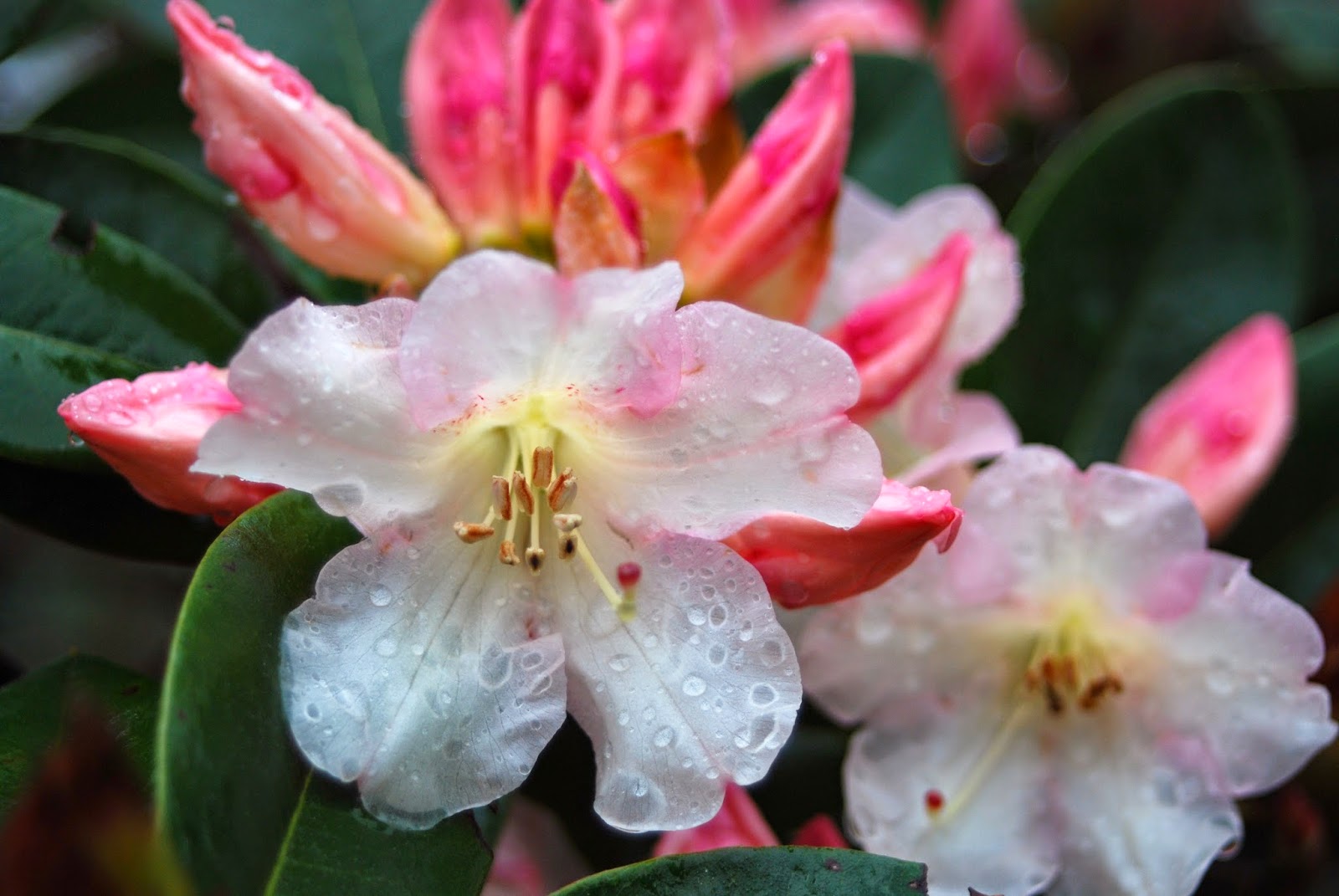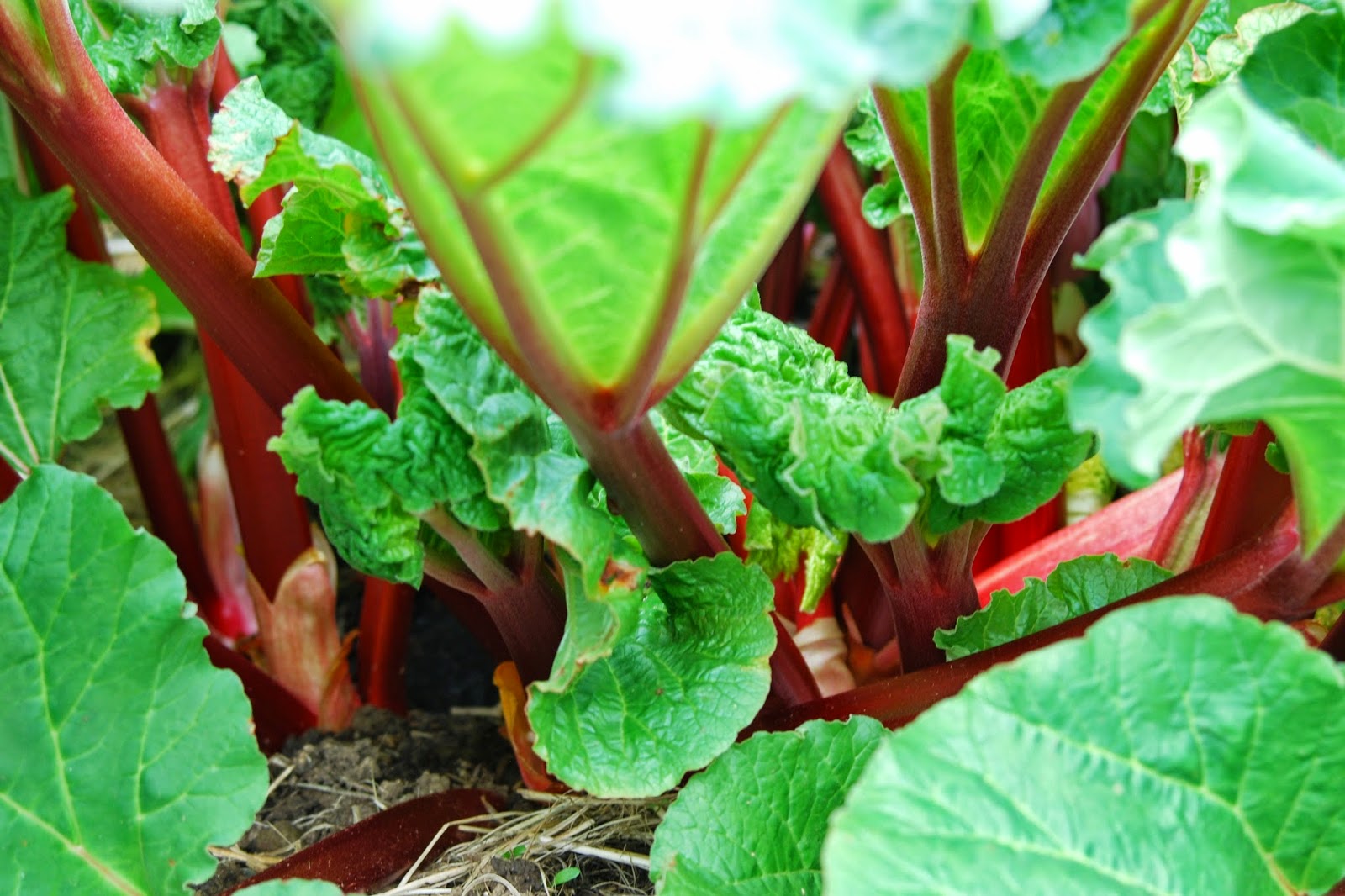Goat's Milk Camembert
Learning to make good cheese from our goat's milk has been a pursuit of mine for the last couple of years. Chevre was the first cheese I made, it's quick, fresh, and delicious, a very rewarding cheese to make since everyone loves it. However, I dreamed of making Cheddars, Gouda's, Parmesan's, and the French style cheeses that I so wanted to try but could never justify buying from the store because they're so expensive, the Camembert's, French style Coulommier's Valencay's, Chaource's, St. Maure's, and on I could go. I wanted to try blue cheese as well, though I was warned it could contaminate the cheese cave with blue cheese spores.
The first year I aged several waxed cheddars in the refrigerator where the temperature is around 40 degrees. They turned out pretty good at 4-6 months old. This gave me the confidence to keep going, my dream was to turn out great cheeses so we never had to buy them from the store again.
The ideal temperature to age cheeses is around 50-58 degrees and they need high humidity. Waxing, I have found to be the most fool-proof way for me to turn out consistently good cheddars. This year I'm also aging 4 natural rind cheddars in tupperware in the wine cooler/cheese cave. I wash the rinds with a salt water brine, and the tupperware keeps the humidity high. I'm looking forward to tasting one soon.
Zolena our Lamancha dairy goat, and Jersey our Nubian dairy goat.
These two girls have been our main milkers, they produce two or more gallons of milk per day during the prime Summer-time months, and through the Winter I still have been getting a gallon of milk every other day. Right now, in the middle of Winter as we are winding down our milking, I focus more on making yogurt and kefir. This is the time of year we have been enjoying pulling out our aged Cheddars, and Caephilly's, and are getting ready to try the Gouda's soon.
I bought my cheese press from Hoegger goat supply and it has worked wonderfully for me. Every year I've also been adding to my collection of cheese molds, and good books. The Cheese Maker's Manual by Margaret Morris has been a great source for recipes and tips. I also checked out every book from the library on cheese making, and wanted to keep Gianclis Caldwell's, The Art of Artisan Cheesemaking. I will be buying that one soon. There's quite a learning curve to making cheese, and plenty of research and developement go into producing really good cheese. It take patience to age them, the part is fun part is pulling them out of the cheese cave after 6-12 months to cut open and see what we have. Sometime's I wish I had added more salt, or let it age longer. Once I made the saltiest Feta, it was completely unedible, by accidentally leaving it in the salt brine too long. I make notes on what I've made, and each hard cheese is numbered and labeled, so I can continue to grow by experience.
I have had many people want to buy my cheese, but alas I am not licensed. I've looked into getting licensed , but like so many things I truly enjoy doing, if I got too big and turned it into a business I wouldn't have time for all the other fun things I enjoy doing. So, for me cheesemaking is for our family and close friends to share with.
Goat's Milk Blue Cheese with pears from our orchard
Raw goat's milk Blue Cheese timed to be ready exactly when the pears were ripe. In case you were wondering... yes, this was an absolutely divine combination and soooo delicious to eat. You may not know that Blue Cheese is actually very easy to make, and is much less time consuming that Cheddars.
We grow delicious figs, they are perfect for the cheese tray. I have stirred many a pot of curds and whey as the curds slowly heated to the right temperature. By the way, did you know that whey is a super healthy drink, after I make cheese and drain the whey, I refrigerate a quart of the whey to chill and drink while it's still fresh. This is one of the delights of being a cheese maker, fresh healthy whey, loaded with vitamins and minerals. Sometimes I also make ricotta with the whey, or I give the surplus whey to the dogs and chickens.
Fresh Cheeses air drying and cheddars drying after cream waxing. First I cream wax then wait a week to apply the final thick wax. The cream wax helps prevent mold and bacteria under the main cheese wax. I have found a window slightly open with a screen that's not in direct light will allow good fresh air flow around the cheeses. The fresh cheeses especially like to have air flow when they're drying before putting them in the cheese cave.
The wine cooler/cheese cave
This wine cooler/cheese cave we found on craigslist has been the perfect solution for aging our cheeses, it maintains a temperature of around 54 degrees. It is large enough for me to grow into as a cheesemaker, I can produce more aged parmesan type cheeses that take a long time to age, and it gives me room for tupperware containers for the soft aged cheeses. Inside the containers are chevre and ricotta on the top, hard cheeses, camembert's, and feta's. I had to find balance with the fresh cheeses, you only want to make enough to eat within two weeks then make it fresh again. If I had Camemberts available everday I might eat way too much cheese, so I space them out, and sometimes let them run totally out. My children love the cheddar cheese in all things like omelets, grilled cheese, pizza etc.
Goat's milk blueberry cheesecake

.JPG)























































